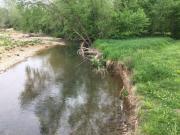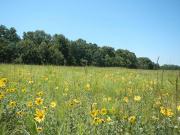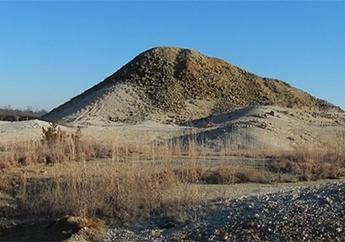
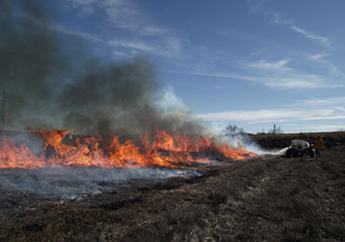
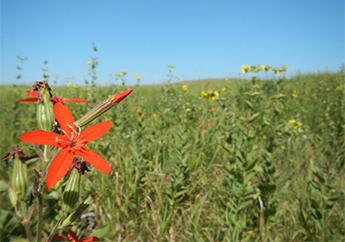
For over a century, Missouri has been, and continues to be, one of the leading national producers in lead. The Tri-State Mining District, located in southwest Missouri, southeast Kansas, and northeast Oklahoma, was historically one of the nation’s largest lead and zinc mining districts. The Missouri portion of the mining district is located mainly in Jasper and Newton counties, with some mines in Lawrence and Barry counties.
Mining in the Missouri portion of the Tri-State Mining District began in the mid-1800s and continued until 1957. Zinc and lead were the main ores produced. Mines in the area were relatively small and were often operated by small independent companies. Ores were milled and smelted either onsite by the miners themselves or were sent to any of the dozens of mills and smelters operating across the region. For more information about the history of lead mining in Missouri, visit Lead in Missouri.



